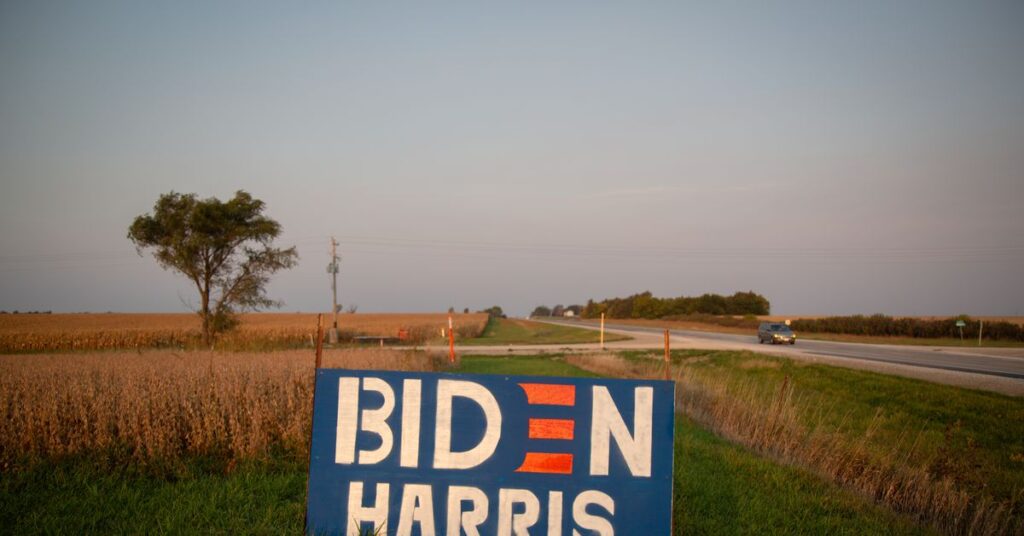In last year’s midterms, when Democrats narrowly held on to control of the Senate and won crucial elections in battleground states, they did so in part by reversing one of Donald Trump’s biggest 2020 accomplishments: They won more voters from rural and exurban communities.
From Arizona and Nevada, across the Midwest, and into North Carolina and Pennsylvania, Democratic Senate and gubernatorial candidates improved on President Joe Biden’s 2020 showing among this swath of the electorate, and persuaded tens of thousands of rural voters who voted for Trump to switch parties.
Now, as the 2024 campaign map begins to take shape, Democratic candidates, the state and national parties, and their outside partners will have to make a choice about how seriously to invest in outreach and persuasion operations in these communities. Democrats have long struggled in rural communities, but their decline in support has only accelerated in recent years, cementing the idea for many that the party caters to highly educated and primarily urban voters. That narrative has only entrenched itself since the ’90s, when former President Bill Clinton essentially split rural voters with his Republican opponents in his two presidential campaigns and won over 1,100 rural counties in 1996. Since then, Democratic presidential candidates have endured dramatic losses in rural areas: in 2008, Barack Obama won 455 rural counties; in 2020, Joe Biden won only 194.
That crumbling of rural support has led some in the party to write off this section of voters entirely. Biden’s 2020 victory is illustrative of this dynamic: He won the presidency despite winning just 33 percent of rural voters. (Trump won 65 percent, up from the 59 percent he won in 2016.)
But the 2022 midterms reversed that slide.
If Democrats decide to take these communities more seriously this cycle, activists, strategists, and former candidates say the party stands to shore up its margins in battleground states and make up…
Read the full article here





